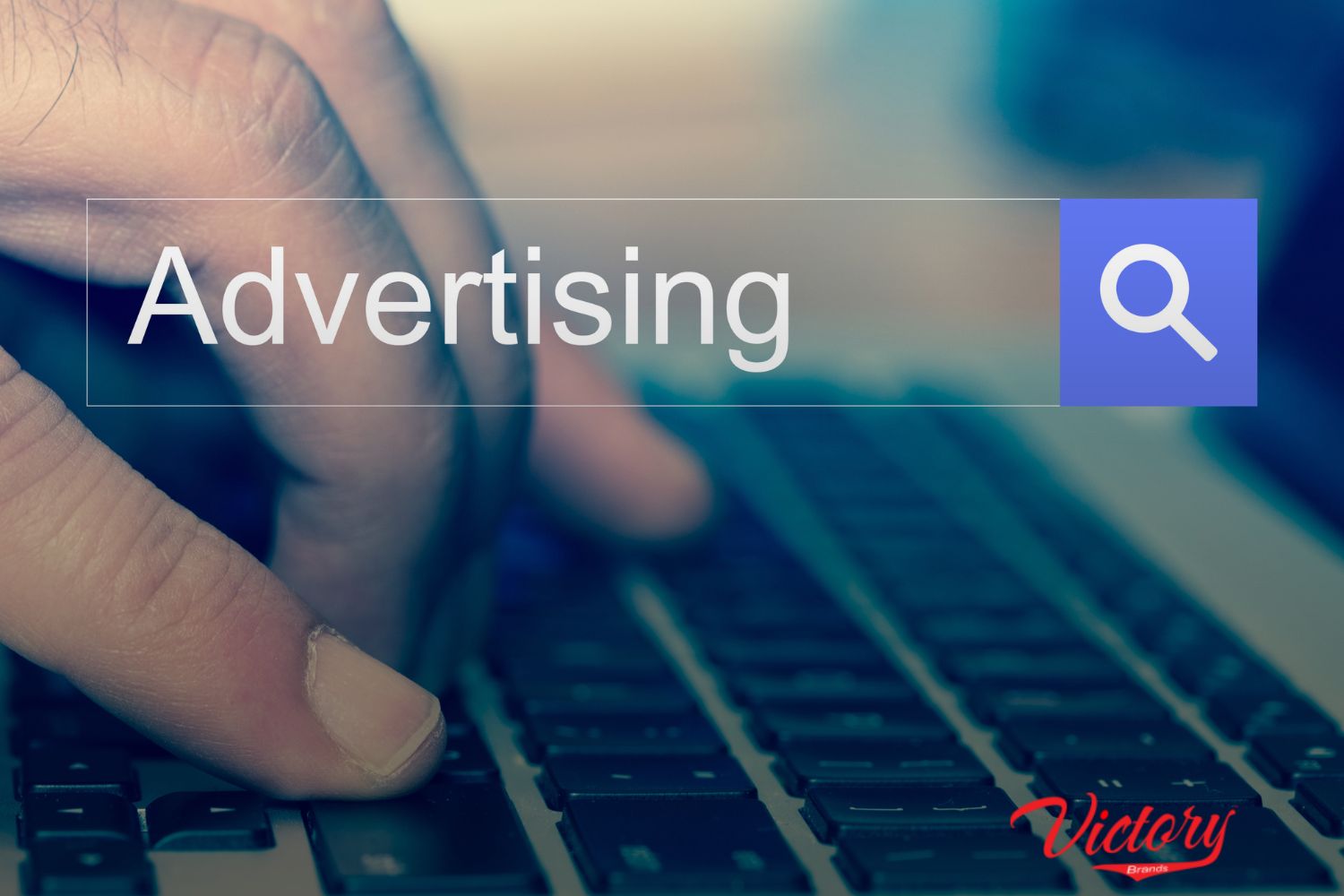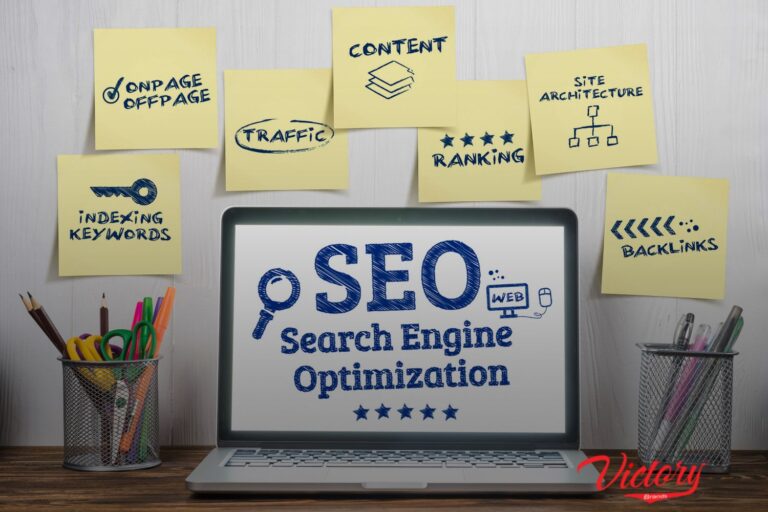The Future of Digital Advertising: Trends and Predictions for 2025

The Future of Digital Advertising: Trends and Predictions for 2025

As digital advertising evolves, emerging technologies are set to revolutionize how businesses reach and engage with customers. The year 2025 promises significant shifts, driven by innovations like artificial intelligence, personalization, and heightened privacy concerns.
In this article, we explore the key trends expected to shape the future of digital advertising and how businesses can prepare for these changes.
AI and Automation in Advertising
AI and machine learning technologies are taking center stage, transforming how advertising campaigns are designed, executed, and optimized. By 2025, AI will likely be a cornerstone of digital advertising strategies, providing insights that go far beyond traditional metrics.
Real-Time Ad Optimization
AI-driven algorithms will enable real-time ad optimization, allowing for immediate adjustments based on audience behavior. This means advertisers can automatically optimize ad placements, bid adjustments, and audience targeting, all without manual intervention. Real-time optimization helps to ensure that ads are being shown to the right people at the right time, maximizing ROI.
Predictive Analytics for Better Targeting
One of AI’s most promising applications is predictive analytics, which uses data to forecast future outcomes. By 2025, predictive analytics will allow advertisers to anticipate consumer behavior, enabling hyper-targeted campaigns. This capability can help advertisers understand potential customers’ interests before they even express them, allowing for proactive and customized ad experiences.
The Rise of Personalized Advertising
Personalized advertising is not new, but its scope is expanding rapidly. In the future, ads will be increasingly tailored to the individual, informed by a deeper understanding of consumer preferences, habits, and purchasing behavior.
Data-Driven Personalization
Data collection and analysis will fuel personalized advertising, enabling businesses to create highly relevant ads for different segments.
By 2025, advertisers will be able to deliver personalized messages at scale, based on real-time data that reflects the immediate interests and needs of consumers. This trend towards data-driven personalization will improve user engagement and make digital ads more impactful.
Contextual Advertising Takes Center Stage
As advertisers strive to provide more relevant experiences, contextual advertising will become even more prevalent. This method involves placing ads in contexts that align closely with a user’s current interests.
For instance, an ad for hiking gear might appear on an outdoor adventure blog. By leveraging contextual signals, brands can enhance relevance and user satisfaction without relying solely on personal data.
Emphasis on Privacy and Data Protection
With consumer privacy concerns on the rise, 2025 will see digital advertising increasingly influenced by new regulations and privacy-focused technologies. These changes will alter how businesses gather and utilize consumer data, pushing the industry towards transparency and respect for user privacy.
Stricter Data Regulations
As privacy laws evolve, advertisers must comply with stricter regulations, such as GDPR in Europe and similar legislation worldwide.
By 2025, these laws are likely to become more complex and far-reaching, prompting advertisers to adopt data protection best practices, such as obtaining explicit user consent and being transparent about data usage.
Privacy-Enhancing Technologies (PETs)
Privacy-enhancing technologies (PETs), like differential privacy and federated learning, are expected to gain traction by 2025. These technologies allow advertisers to analyze data without directly accessing personal information, helping to protect consumer privacy.
As businesses prioritize data security, PETs will play a key role in enabling targeted advertising while maintaining compliance with privacy laws.
The Growth of Interactive and Immersive Advertising
The future of digital advertising is not just about reaching audiences but engaging them in meaningful ways. As AR and VR technologies advance, brands are beginning to explore interactive and immersive advertising methods that offer richer, more engaging experiences.
Augmented Reality (AR) for Real-Life Interactions
Augmented reality is making ads more interactive by overlaying digital content onto the real world. By 2025, AR ads will likely be commonplace, providing users with hands-on experiences, such as virtual product try-ons or interactive 3D visualizations.
This level of engagement can help brands create memorable experiences that resonate with consumers long after the initial interaction.
Virtual Reality (VR) and the Metaverse
Virtual reality and the emerging metaverse offer immersive advertising opportunities that allow consumers to engage with brands in new dimensions. By 2025, businesses will be able to set up virtual showrooms or interactive brand experiences in the metaverse, enabling users to explore products and services in a fully immersive environment.
This approach offers a unique way for brands to stand out and build deeper connections with their audience.
Conclusion
As we move towards 2025, digital advertising is on the brink of major transformation. With AI, personalization, and privacy taking the lead, the future promises a more intelligent, consumer-focused, and respectful approach to advertising. Interactive technologies like AR and VR will further enhance user engagement, making ads not only more effective but also more enjoyable.
By staying informed and adapting to these trends, businesses can successfully navigate the evolving digital landscape and continue to connect with their audiences in meaningful ways.
Frequently Asked Questions
AI will drive automation and optimization, enabling real-time adjustments in ad campaigns for better targeting and higher ROI.
With growing regulations, data privacy will be crucial. Advertisers will need to adopt privacy-first strategies, respect user consent, and employ privacy-enhancing technologies.
Personalized advertising will leverage real-time data for dynamic content delivery, such as custom offers based on user behavior and context.
AR and VR are enabling interactive and immersive ad experiences, allowing users to engage with brands in innovative ways, from virtual try-ons to metaverse showrooms.
While digital channels will dominate, traditional methods will still have a place, particularly for reinforcing brand awareness alongside personalized digital ads.
Share:
Categories
- Brand Strategy
- Business Growth
- Business Strategy
- Content Marketing
- Custom Software Development
- Customer Relationship Management
- Digital Advertising
- Digital Marketing for Startups
- Digital Marketing Strategy
- E-Commerce
- Email Marketing
- Future Marketing
- Influencer Marketing
- Lead Generation
- Mobile Optimization
- Pay Per Click (PPC)
- SEO
- Social Media Marketing
- Social Media Marketing
- Social Media Trends
- Software Development
- Startup Strategies
- Technology
- User Experience (UX)
- Venture Development
- Video Marketing
- Web Design
- Website Design
- Website Optimization
Latest Post
- SEO Best Practices for Modern Website DesignIn the competitive digital landscape, a well-designed website is not just about…
- Why Storytelling is Crucial for Effective Brand StrategyIn a world inundated with advertisements and messages, cutting through the noise…
- How to Conduct a Competitive Analysis for Brand Strategy SuccessIn today’s crowded marketplace, distinguishing your brand is essential for success. One…
Other Blogs




